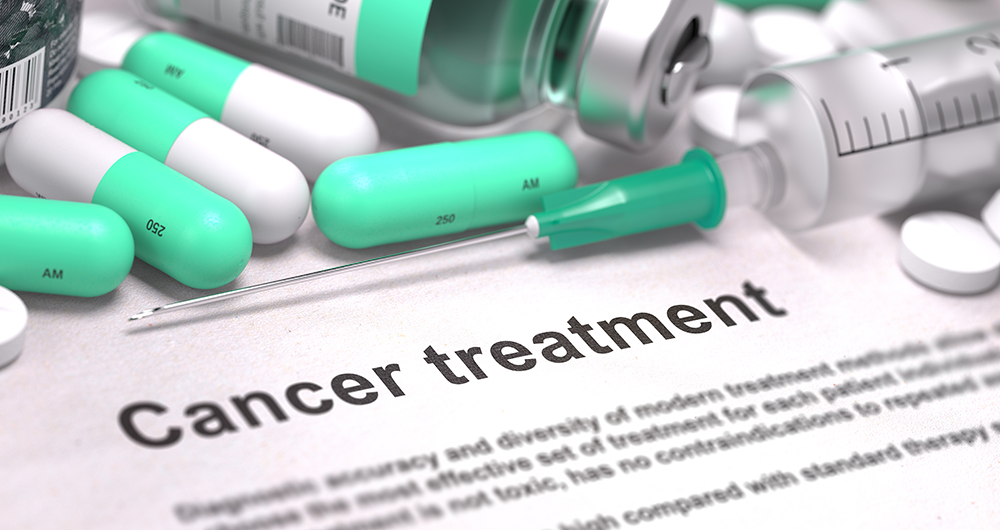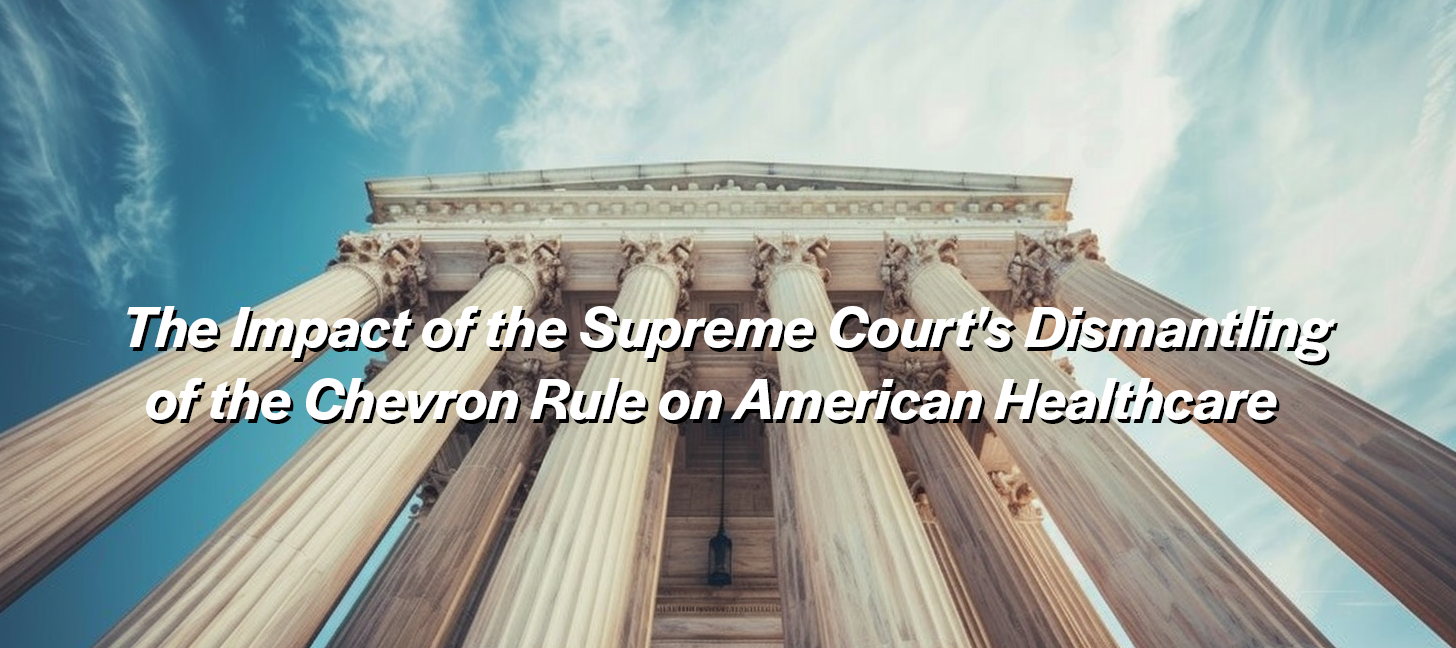Fighting cancer is hard enough, but paying for the treatments can be overwhelming. Cancer drugs are treated differently than other types of drugs for several reasons. Chief among them is how the drugs are labeled and who is dispensing them.
All drugs have markups as they go from wholesale to retail. But for cancer drugs, the difference between the acquisition cost and retail price is astounding. According to a recent study of the 61 NCI-designated cancer centers, cancer drugs were hiked by as much as 633 percent (leuprolide) and the lowest markup was 118 percent (sipuleucel-T) over acquisition cost.
Why are hospitals hiking up cancer drug costs? The answer may lie with the FDA’s definition of cancer drugs as “biologics.” In the study, researchers evaluated the negotiated prices for the top 25 parenteral cancer therapies, of these 68.0% were biologics, 28.0% were small molecules, and 4.0% were “other” therapies.
Most of the drugs prescribed in the cancer centers (64.0%) did not have an approved generic or biosimilar formulation available. When it comes to drug costs, generics and biosimilars tend to be the lowest-cost medication because there is no monopoly on manufacturing or selling the drug. But there is a big difference between generics and biosimilars.
Generics are chemical copies of the branded version, meaning the active ingredient is exactly the same as the original. For generics, the regulatory approval process is simple and inexpensive because their function is predictable in patients. Unfortunately for cancer costs, most cancer treatment drugs are labeled “biologics”, which require a “biosimilar” not a generic. A biosimilar must prove that it is equal to its branded version in efficacy, resemblance, and safety while having a different chemical structure. Biosimilars have a much more difficult regulatory path.
To gain approval for a biosimilar, the required clinical data can vary depending on several factors including:
- the active ingredient’s complexity
- safe and available efficacy comparisons
- any safety concerns or side effects shown in the branded version
Although both biosimilars and generics cost less than their branded counterparts, generics are much less. Generics are 50% to 80% lower than their originators, whereas biosimilars are only 20% to 35% cheaper.
The other issue pushing costs up for cancer drugs is that they are prescribed by specialists in a hospital or cancer treatment setting. Payers have shown more caution about using biosimilars in lieu of the branded version because of uncertainty. Will the “similar” version be as effective? In cancer treatment, the specialist wants to be sure.
The researchers concluded that public policy should try to tackle the problem through rules that discourage or prevent excessive price markups on parenteral chemotherapeutics. However, the federal government has not been successful in controlling this type of behavior. Other options are available. The FDA could streamline the process for approving biosimilars for chemotherapy drugs and educate specialists and hospitals on their safety and efficacy. Then, companies like RazorMetrics could work with oncologists to prescribe the lower-cost alternative and save people’s lives and their livelihoods.




